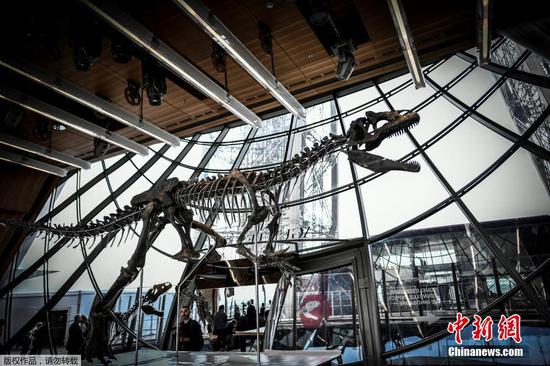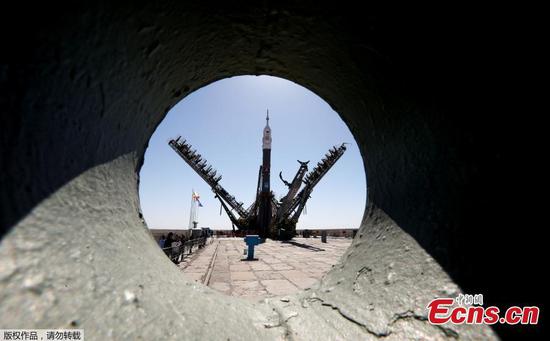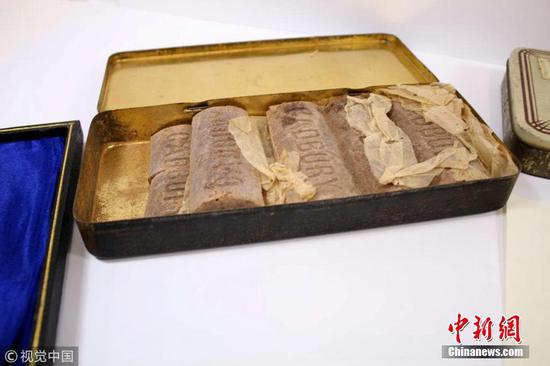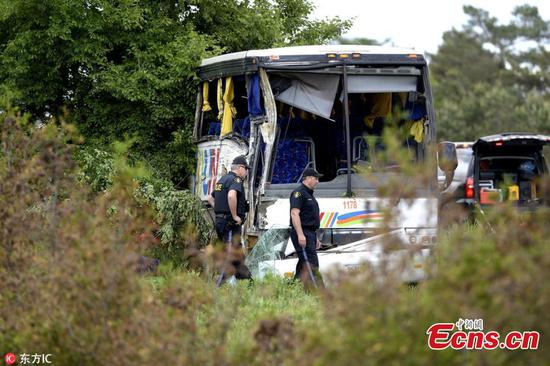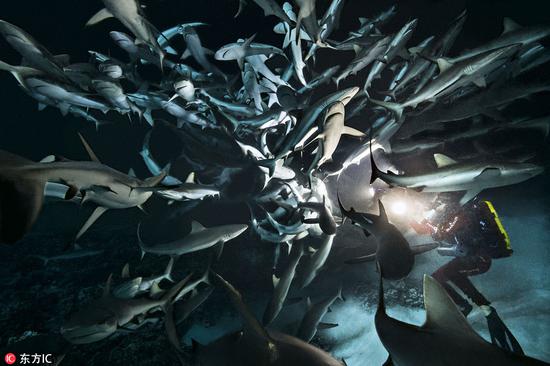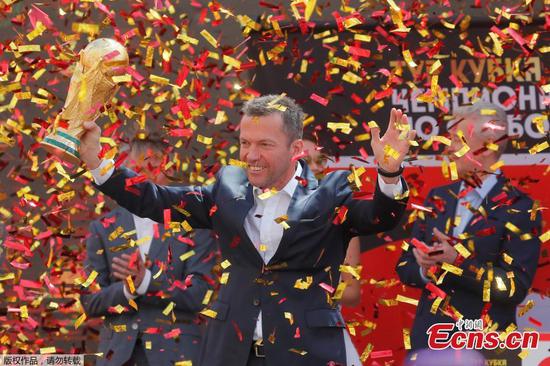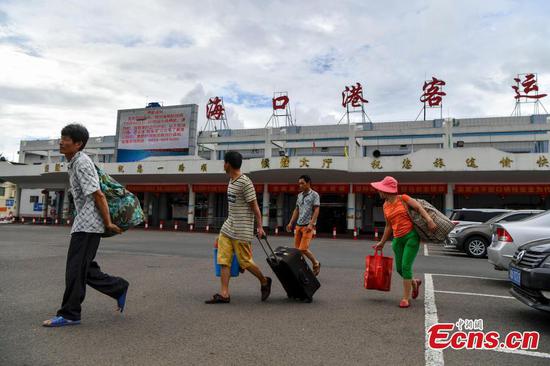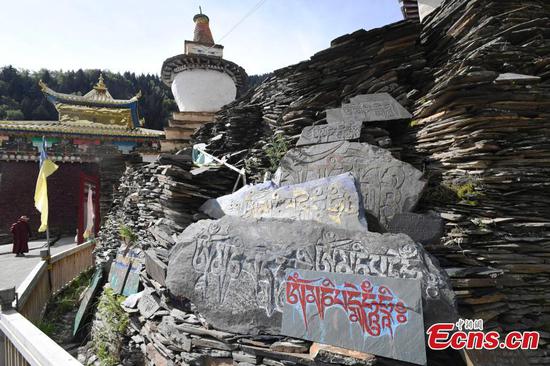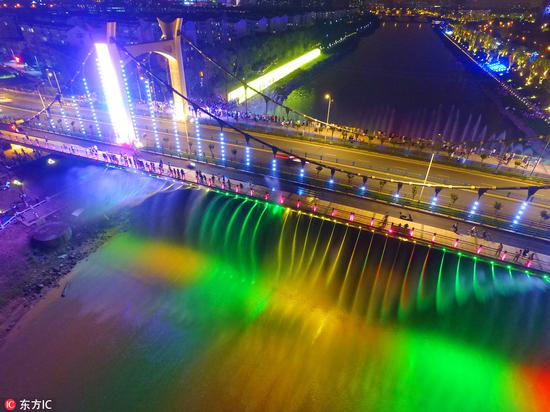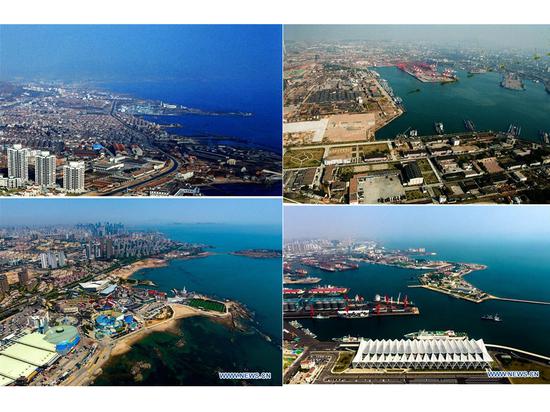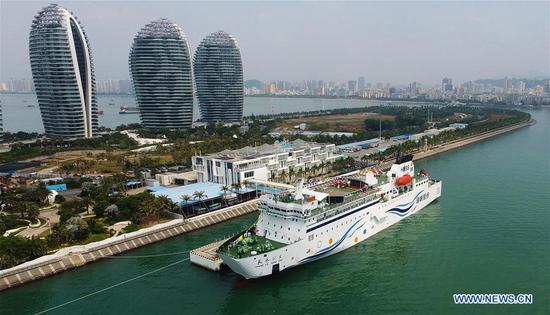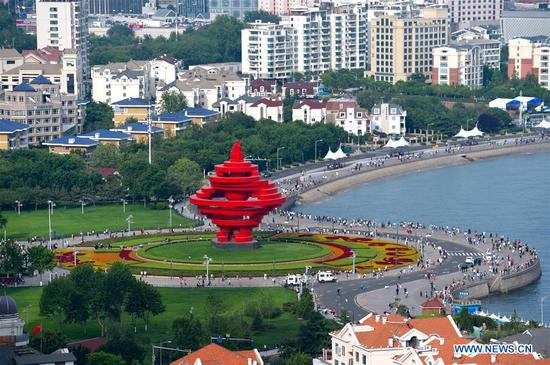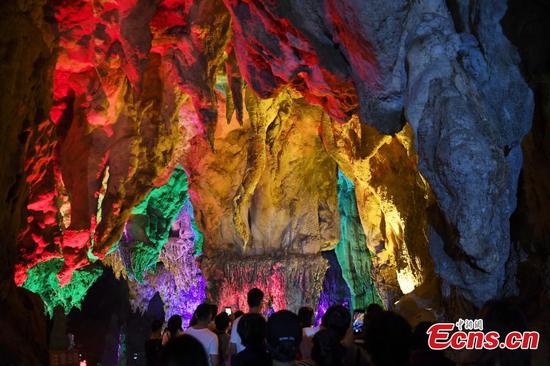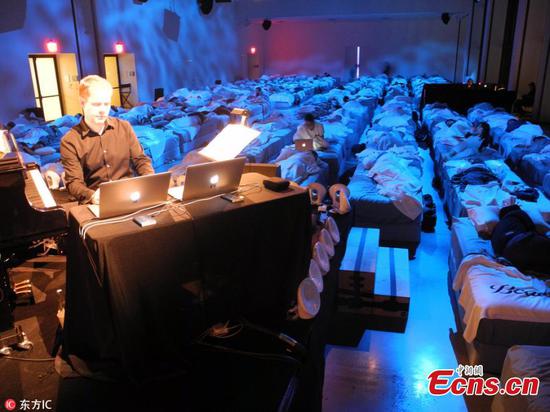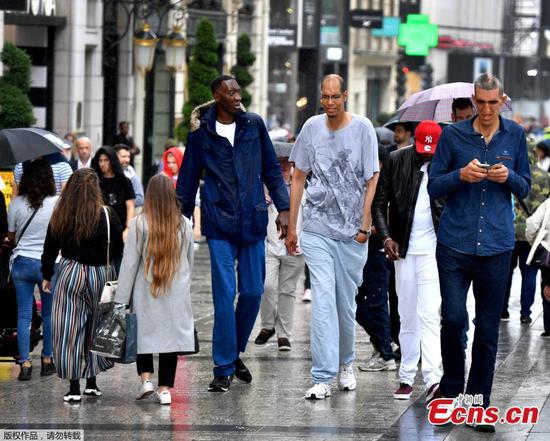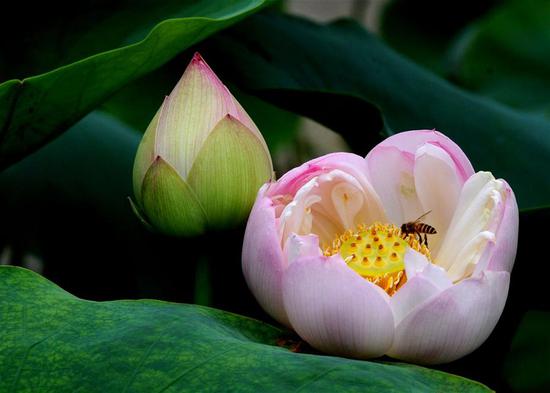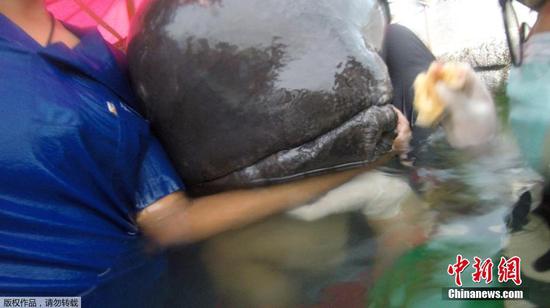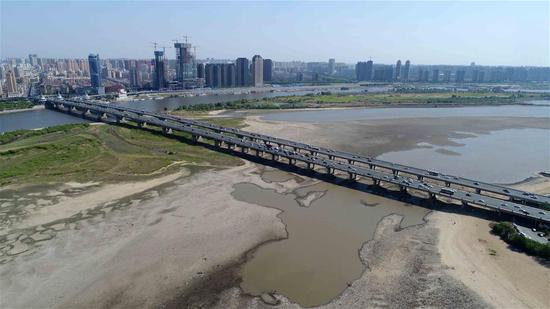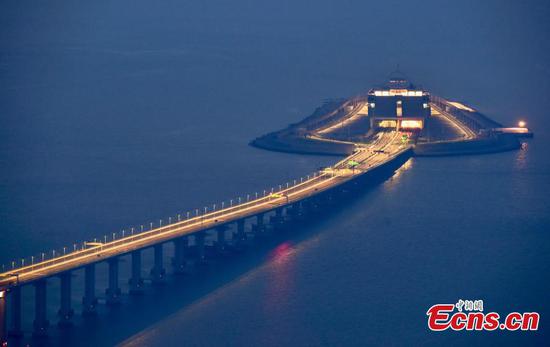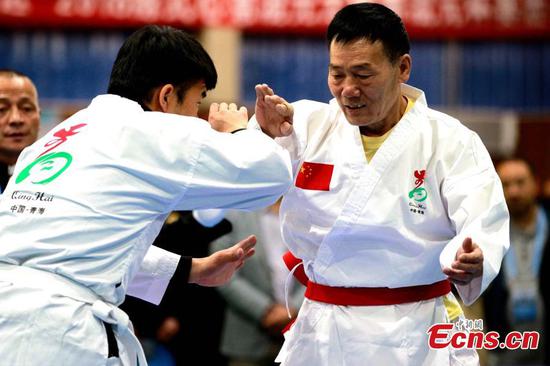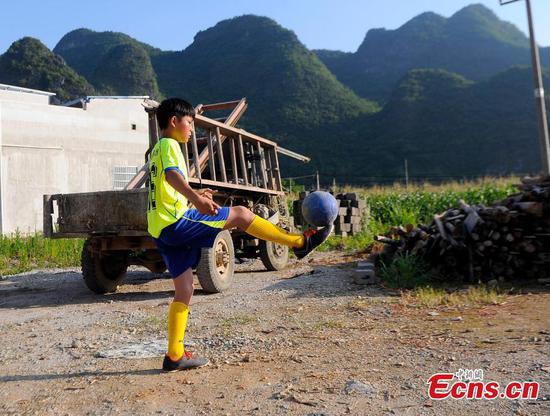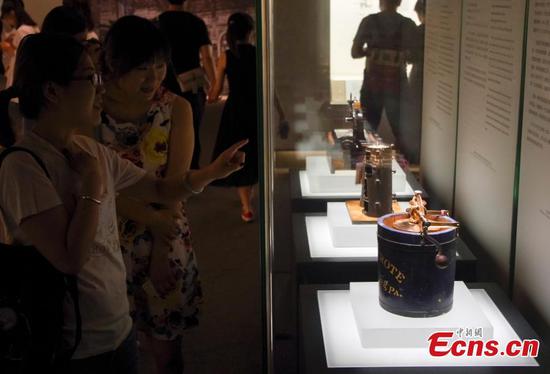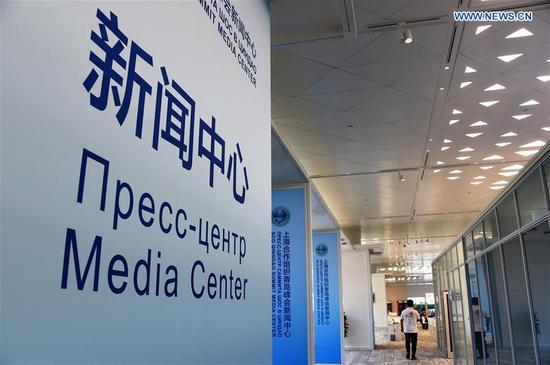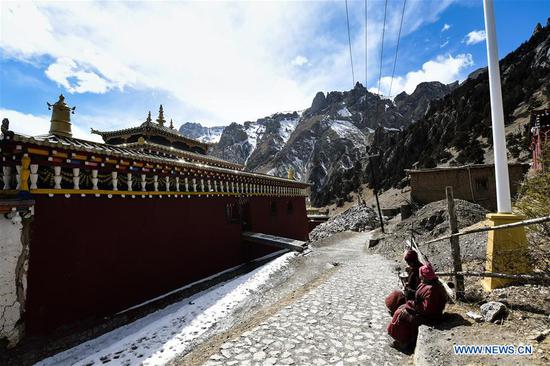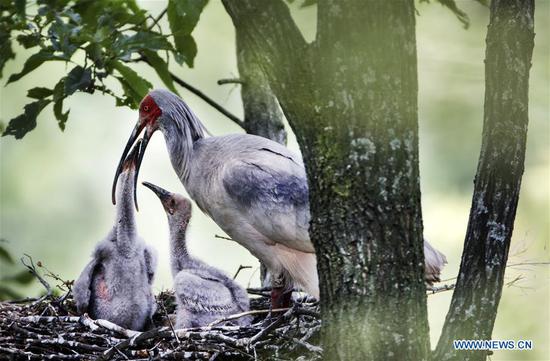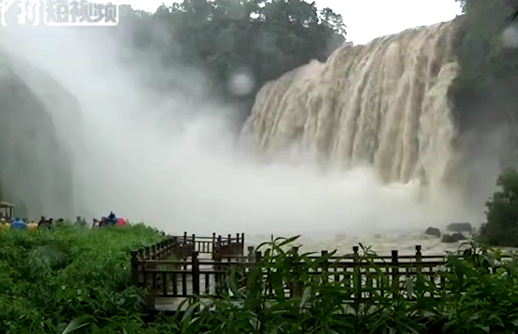Russia will continue its cooperation with China in traditional fields, and will make joint efforts in those areas that are important both at present and in the future, said Russian President Vladimir Putin during an exclusive interview with Shen Haixiong, president of China Media Group, on May 31 at the Grand Kremlin Palace in Moscow, Russia.
This is the first time for President Putin to accept a foreign interview in his new term, and also the first time to have an exclusive interview from Chinese media in the Kremlin.
Putin said people’s livelihood and digital economy are the two main directions for development when acknowledging China’s great efforts in these two areas. He also pointed out that these two directions are closely related to the future development trend of technologies, such as automation and artificial intelligence (AI).
The major inventions today, those with bright prospects in particular, all happen in the realm of science and technology, said Putin, calling for more bilateral cooperation in the new areas with China while continuing joint work in the traditional fields.
The country has “conducted intensive studies in these areas, and we have plans and intentions to cooperate with China,” said Putin, adding that he hoped the two countries can work together to pursue more long-term development.
“We should also work together to develop digital technology, manufacturing, infrastructure, energy and alternative energy. Scientific achievements will be and must be converted into new driving forces to produce more results,” said Putin. “If we can make it, we’ll undoubtedly lead the world in these areas. And we are set to work towards that end.”
Russia – China’s biggest source for crude oil
In 2017, Russia maintained the role as the biggest import source of China in terms of crude oil and electric power. According to the Yellow Book of Russia: Annual Report on Development of Russia (2018) which was released in Beijing on June 1, Russia exported 59.8 million tons of crude oil to China last year, a year-on-year growth of 13.9 percent.
With the beginning of commercial operation of the second line for the China-Russia oil pipeline on January 1, the annual import scale through the pipes will be increased from 15 million tons to 30 million tons.
The second line was built in parallel to the first line between Mohe and Daqing. Originating in the Russian town of Skovorodino, the line enters China at Mohe and terminates at Daqing. It operated smoothly and its transmission was 3,812 cubic meters per hour at the Mohe station.









